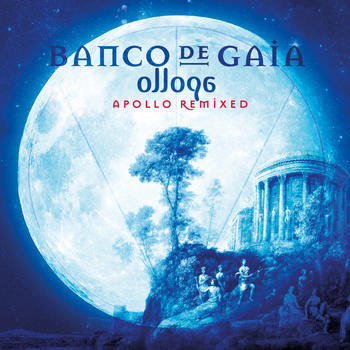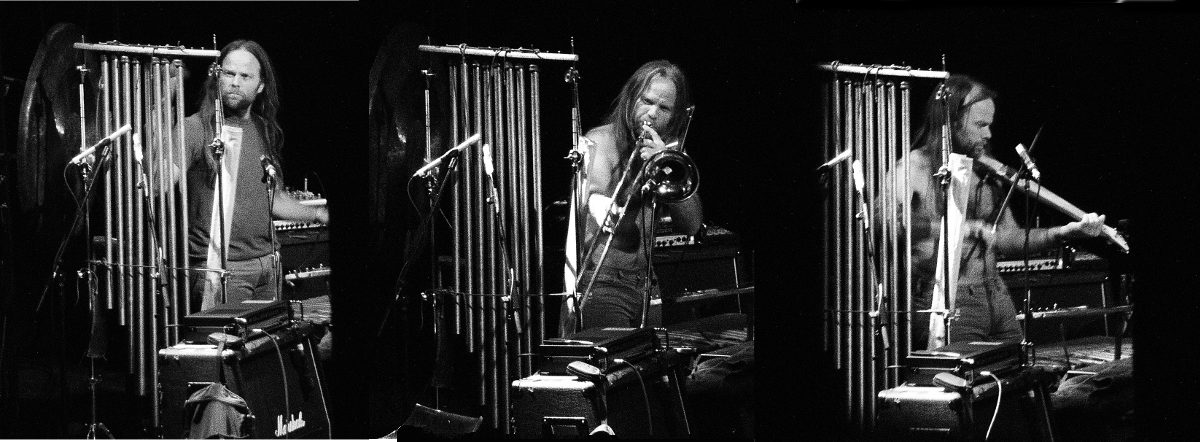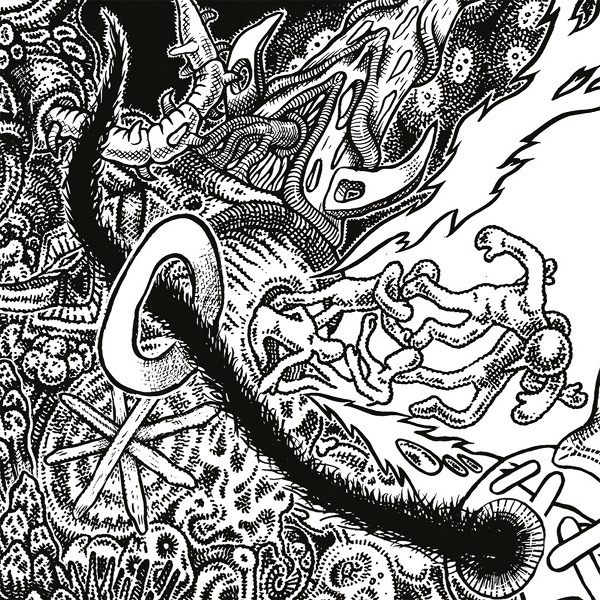 Sam Britton‘s continuing experiments as Isambard Khroustaliov find him wandering further into a hinterland in which the way we experience sound as entertainment is taken out of a musical context and more into an aural tapestry or home listening sculpture.
Sam Britton‘s continuing experiments as Isambard Khroustaliov find him wandering further into a hinterland in which the way we experience sound as entertainment is taken out of a musical context and more into an aural tapestry or home listening sculpture.
It is maddening and arrhythmic, as if a field recording has appeared from the future, constructed of warped sine waves and distended products the likes of which we have never known. This isn’t music, it is some other experience and at times makes me think of somebody reimagining the Radiophonic Workshop in a parallel universe and far into the future. It could almost be the sounds experienced by somebody with radiation sickness; all tinged with metallic residue and disguising the scuttering of tiny beasts.
The sounds have a resonance with some of the more esoteric Warp experiments and come on like dance music for people who have evolved beyond movement as we understand it, and possibly exist as some sort of vapour. It defies emotion, existing beyond its synthetic twists and textured sweeps, constantly reinventing itself like some algorithm gone rogue. People like Sam and to a certain extent Philippe Petit are challenging our perceptions of the whole home listening experience when tune and melody are skilfully removed by the surgeon’s scalpel and replaced by something that touches another place in or brain and one which is only just awakening.This is like the first foray into a new world in which sound reproduction exists for something other than the familiarity of rhythm and beat, and when taken in tandem with the images reproduced in the booklet, give a whole other artistic dimension. The images exist outside recognisable art; wild fonts, saturated digital colours, blurred images of distant subjects.
There is a complicated explanation about taking twentieth century classical music and attempting to reproduce it using AI and self-programmed synths. It went way over my head and to a certain extent, isn’t that important; it is the end result that is and that is mind-blowing.-Mr Olivetti-



